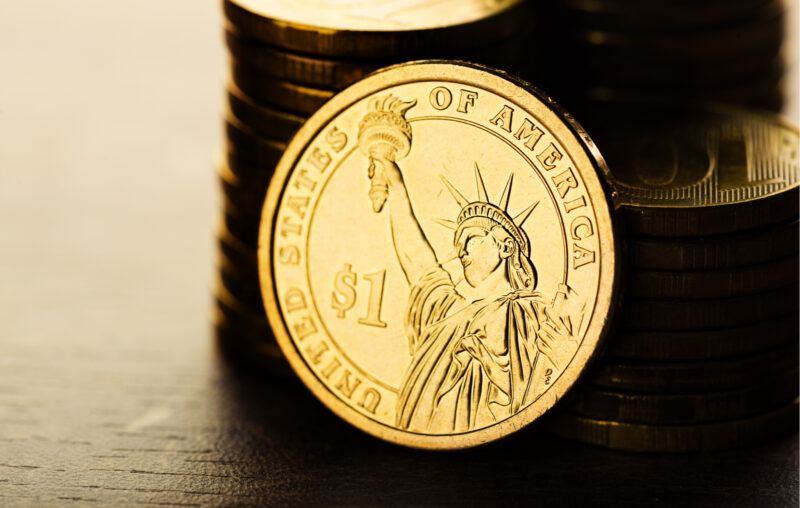FedCoin Revisited

The Federal Reserve is thinking about issuing a central bank digital currency (CBDC). The International Business Times reports that the Fed “would be open to collaborating with private business on the creation of a digital currency but emphasized that they were not yet making any commitments.” Talk of a so-called FedCoin appeared to have quelled. But it is now back in full force.
To some, the idea of a FedCoin seems obvious. They see no reason for the Fed to forego adopting 21st century monetary technology. And, certainly, there are a number of benefits, such as lower transaction costs of electronic transfers and helping to execute instant payments (such as in the FedNow project). However, a CBDC also carries risks that must be weighed against the benefits.
One’s view on FedCoin is often related to his or her view on cash. If she thinks cash is good, she is likely to oppose FedCoin. If he thinks cash is bad, he is likely to see FedCoin as an improvement on the status quo. Indeed, some see the introduction of FedCoin as an important step in the direction of a completely cashless economy.
Advocates of moving towards a cashless economy argue that making all payments electronic would help to fight tax evasion and crime. If the move were required, however, it would harm those preferring to use cash for legal transactions as well.
Many people place a high value on anonymity. For some, it’s personal. They don’t want others to know what they are doing. For some, it’s political. They worry about the degradation of institutions, as private information might be used for political ends. The threat of obtaining and revealing private information might silence opposition and undermine the democratic process.
A cashless economy might also lead to policy changes. In order to foster spending during a recession or an economic downturn, the Fed might tax money demand with negative interest rates. If holding cash is an option, then depositors can withdraw their deposits and avoid the negative interest rate. But, if cash is not an option, then consumers are stuck paying interest on their FedCoin holdings. Since they cannot avoid the negative interest rate, consumers would rather spend their money than see their bank balances go down.
In addition to the issues related to one’s view on cash, FedCoin might also undermine financial intermediation. By offering FedCoin, the central bank might crowd out commercial banks.
A checking account at Bank of America is guaranteed by the Federal Deposit Insurance Corporation up to the max of $250,000. An account at the Fed is a liability of the government. If both offer the same payment services, why would one opt for the riskier commercial bank account?
Many will see little cause for concern with depositors having access to safer accounts. But that’s because they don’t think much about banking. Banks attract deposits with payment services and interest payments. They then funnel those funds to productive investment ventures. Financial intermediation makes us more productive, thereby raising the standard of living. As the World Bank reports, private credit to GDP high-income countries is “more than 4 times the average ratio in low-income countries.”
If would-be depositors hold FedCoin instead, the corresponding funds will have to be intermediated by the Fed. At best, the Fed would just auction off funds to private financial institutions. But recent events suggest the Fed might be inclined to allocate credit.
My concerns with FedCoin, and other CBDCs, are admittedly speculative. We don’t know whether the Fed would take steps to eliminate cash or impose negative rates on FedCoin balances. We don’t know how it would go about intermediating funds. But such speculations should make one thing clear: there are risks. At the least, we should develop strong institutional checks before permitting the Fed to plow ahead.









